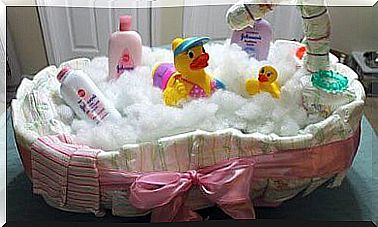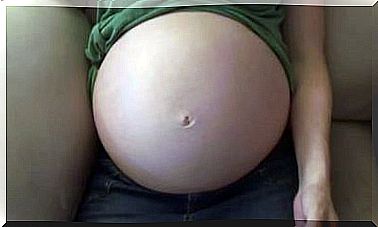Compulsive Accumulation Disorder In Children
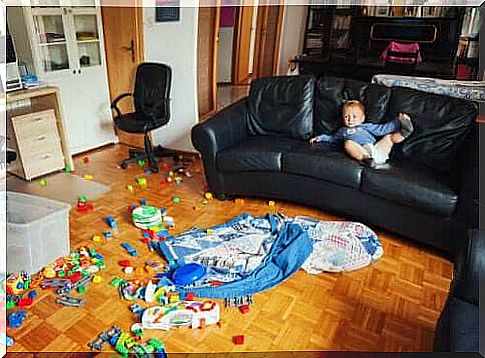
Many children collect objects with no real value, such as stones or stickers. And most of them keep the room messier and more impassable than their parents would have liked. However, in the little ones who suffer from compulsive accumulation disorder, these characteristics are exacerbated and impede the normal functioning of daily life.
If the child suffers from this condition, family conflicts are likely to be constant and the home environment will become unpleasant for everyone. While parents are desperate to get the child to get rid of the huge amount of objects that accumulate, for the child, the very idea of thinking about it becomes a real nightmare. So what happens during this disorder? How can it be treated?
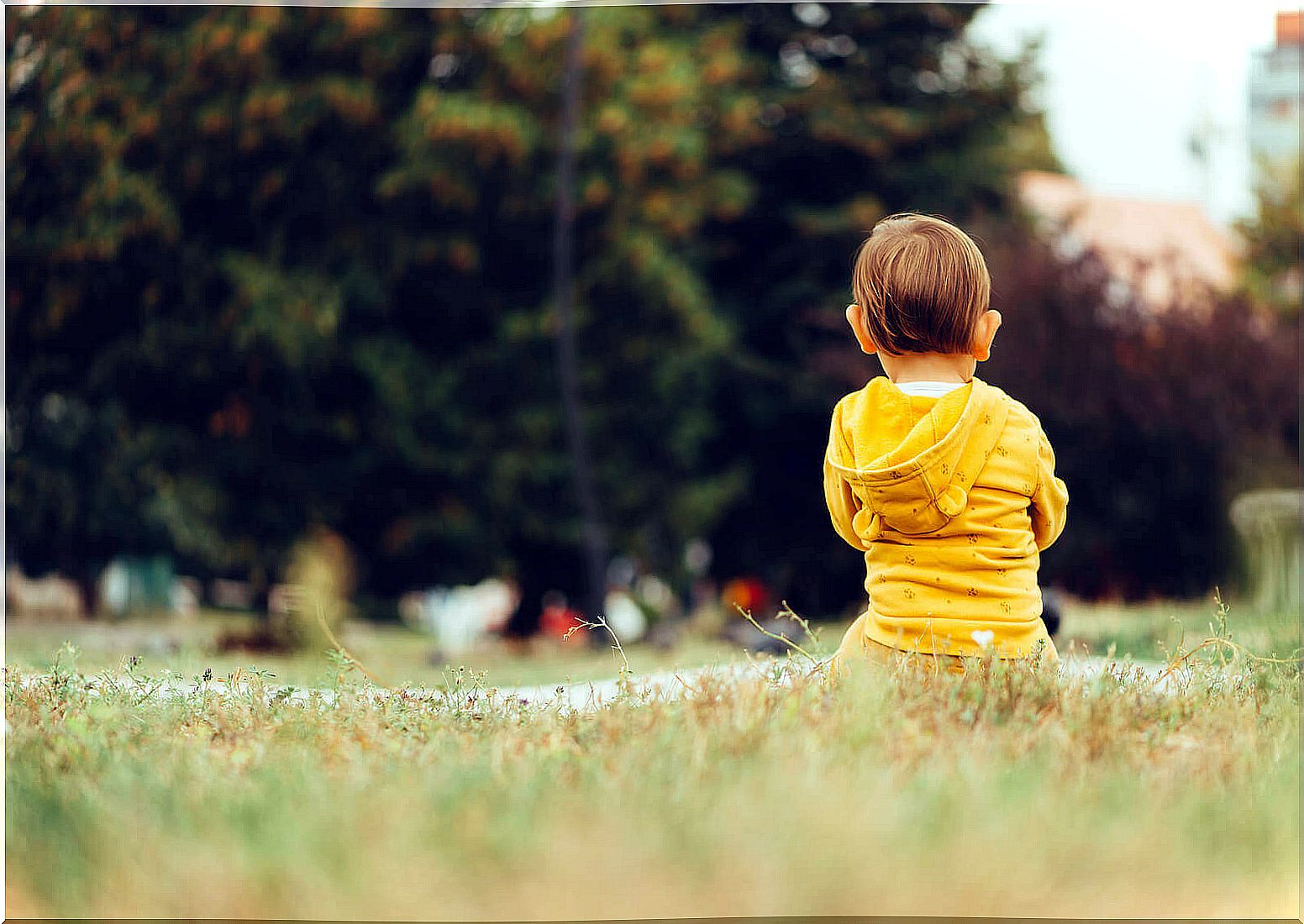
What is Compulsive Accumulation Disorder in Children?
Compulsive hoarding disorder is characterized by the inability to dispose of objects and possessions. The affected child usually acquires and keeps elements of the most diverse, with or without real value, and feels unable to get rid of them. This is not collecting behavior, as the accumulated objects are not related to each other and do not follow a pattern. The child can accumulate everything from toys to paper, rocks or toilet paper rolls.
Likewise, the amount of accumulated objects is so large that the child’s spaces end up becoming uninhabitable. The concern with their belongings often monopolizes the little one’s mental energy and the idea of having to get rid of one of them produces great discomfort. That is, their emotional reactions to objects are very intense, even though they have no real or symbolic value.
Why does it occur?
The causes that lead to the appearance of compulsive accumulation disorder are not yet clear. However, there is some evidence that seems to indicate 50% influence of genetic factors. Also, in most cases, there is some other associated mental pathology, such as anxiety disorder or mood disorders.
Likewise, it seems to be more frequent in children with ADHD (attention deficit hyperactivity disorder). It is also possible that the occurrence of a traumatic or stressful event triggers the appearance of symptoms or causes them to worsen.
On the other hand, it is important to emphasize that it is a chronic and progressive disorder. Cases during childhood and adolescence are rare, but if they do appear, they are likely to progress and increase in severity over the years. For this reason, it is important to intervene as soon as possible.
Treatment of compulsive accumulation disorder in children
Treating this disorder can be difficult because the affected person is not aware that they have a problem. Usually, help is sought for the other comorbid disorders that appear and only then is the tendency to compulsive hoarding detected. In addition, when trying to remove the child’s belongings, he will react with anger, frustration and irritation towards adults.
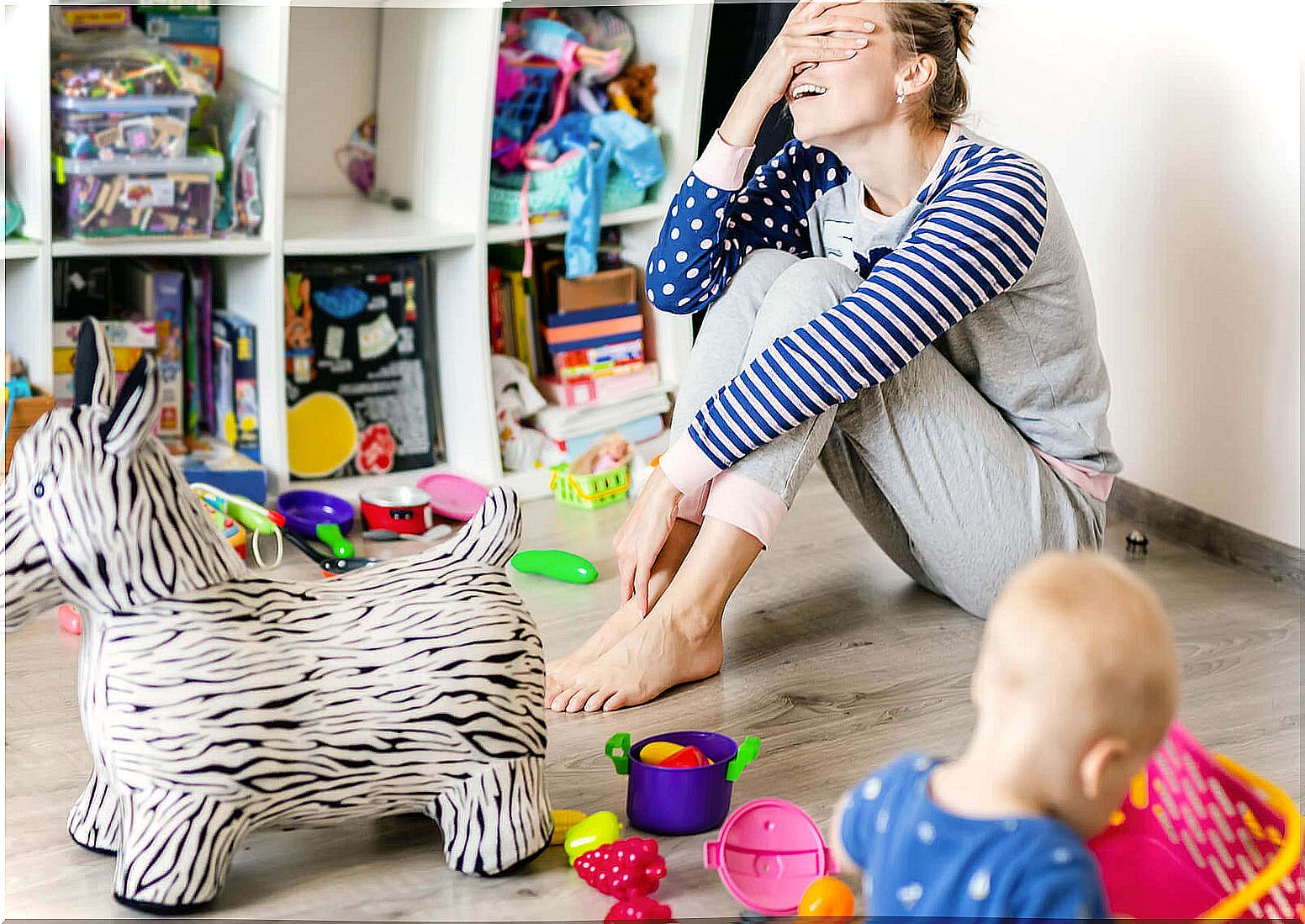
The intervention will depend, to a great extent, on the child’s age, since children under 9 years of age still do not have the cognitive skills necessary to apply certain psychotherapeutic techniques. In this case, the parents will have a fundamental role. Firstly, to prevent the child from acquiring and collecting new belongings and, secondly, to encourage them to progressively dispose of the objects they already have.
When the child is over 10 years old, it is possible (and recommended) to apply cognitive-behavioral psychotherapy. This approach will aim to help the child to understand their feelings and the origin of the disorder, and to modify their thoughts and behaviors.
It will be important to work through the emotional gaps and fears that lead to accumulation so that the child can feel secure. And, in the same way, it will be necessary to teach and reinforce decision-making and self-confidence. Thus, she can progressively discard the objects.
Likewise, if there is any other mental disorder, it is essential to address it specifically as it may be exacerbating the accumulation symptoms. Anyway, despite the difficulty that the treatment can entail, it is important to carry it out. Otherwise, we are compromising the child’s well-being and future.
